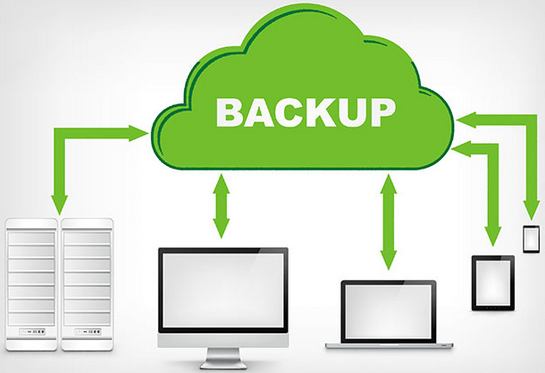
Implementing a robust network backup strategy is essential for ensuring data integrity, security, and business continuity. Here are best practices for network backup:
1. Assess Your Needs and Risks
- Identify critical data and systems that require backup.
- Analyze the impact of data loss or downtime.
- Conduct a risk assessment for potential threats (hardware failure, cyberattacks, natural disasters).
2. Choose the Right Backup Solution
- Full backups: Captures all data but can be time-consuming and resource-intensive.
- Incremental backups: Saves changes since the last backup, requiring less space but slower recovery.
- Differential backups: Saves changes since the last full backup, balancing space and recovery speed.
3. Implement the 3-2-1 Backup Rule
- Maintain 3 copies of your data (1 primary, 2 backups).
- Store backups on 2 different media types (e.g., local disk, cloud, or tape).
- Keep 1 copy offsite for disaster recovery.
4. Automate Backups
- Schedule backups to run automatically to reduce the risk of human error.
- Ensure automation includes notification systems to confirm successful completion.
5. Use Encryption and Authentication
- Encrypt backup data both in transit and at rest to prevent unauthorized access.
- Implement strong authentication mechanisms for accessing backup systems.
6. Test Backups Regularly
- Perform routine restore tests to verify backup integrity and recovery processes.
- Simulate disaster recovery scenarios to evaluate readiness.
7. Monitor and Maintain Backup Systems
- Regularly monitor backup logs for errors or failures.
- Keep software, firmware, and security patches up to date.
8. Integrate with Disaster Recovery Plan
- Ensure backups align with the organization’s disaster recovery and business continuity plans.
- Define recovery point objectives (RPOs) and recovery time objectives (RTOs) to meet operational requirements.
9. Leverage Cloud Solutions
- Use cloud-based backup services for scalability, reliability, and geographic redundancy.
- Consider hybrid approaches combining local and cloud backups.
10. Ensure Compliance
- Adhere to regulatory and legal requirements for data protection and retention (e.g., GDPR, HIPAA).
- Use compliant backup solutions to avoid penalties.
11. Protect Against Ransomware
- Employ immutable backups that cannot be altered or deleted.
- Implement air-gapped backups (physically isolated) as an additional safeguard.
12. Document Backup Policies
- Create detailed documentation of backup schedules, processes, and recovery steps.
- Train staff to understand and follow these procedures.
Comments are closed